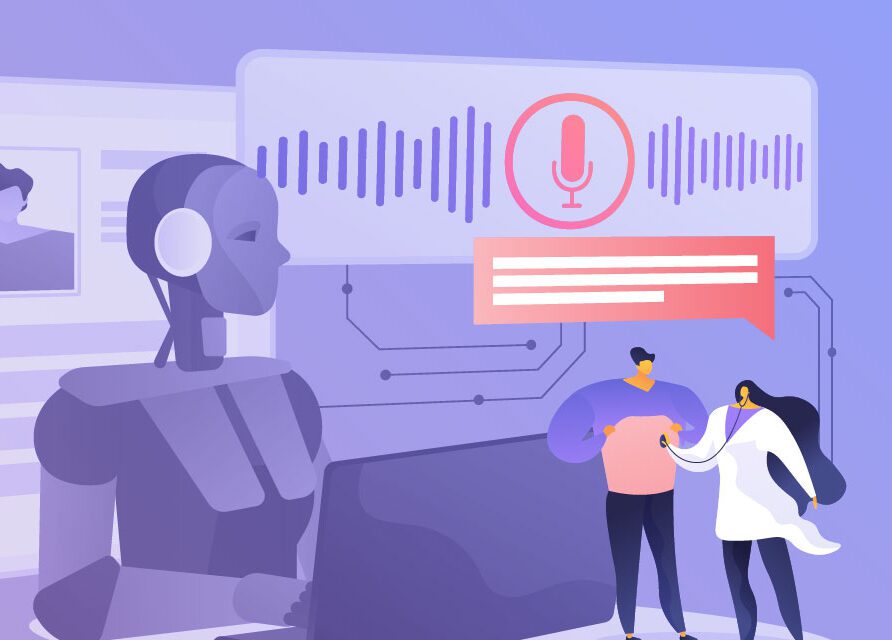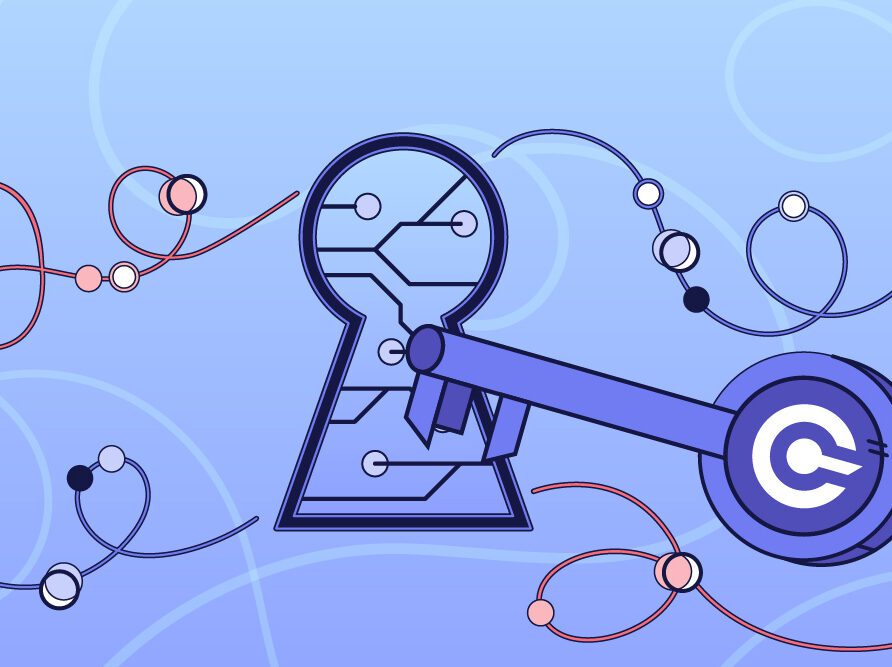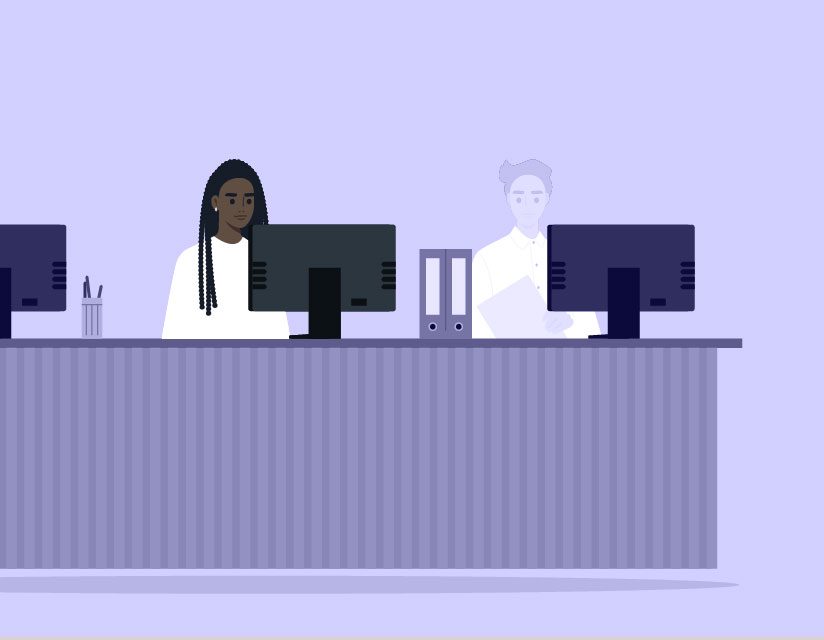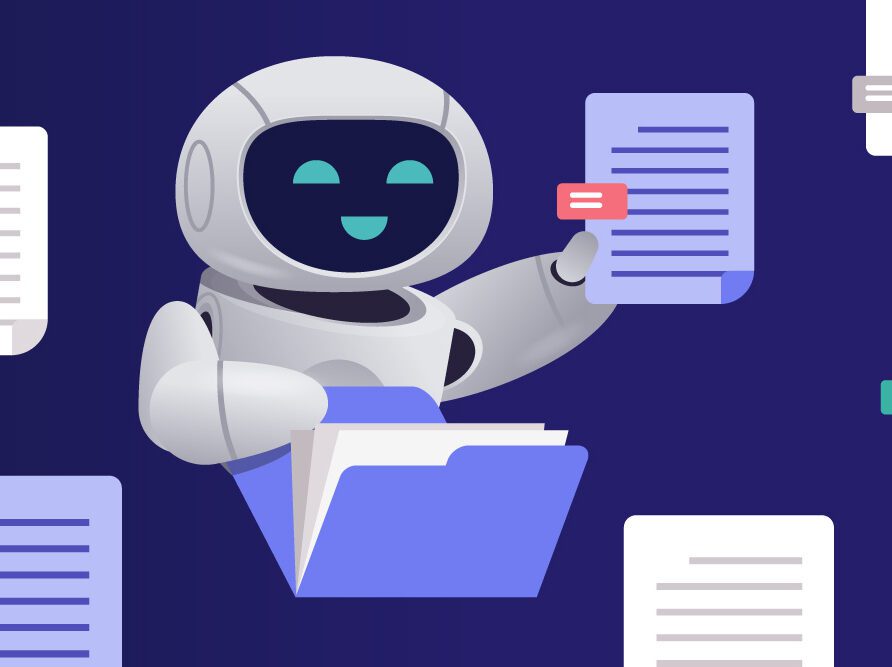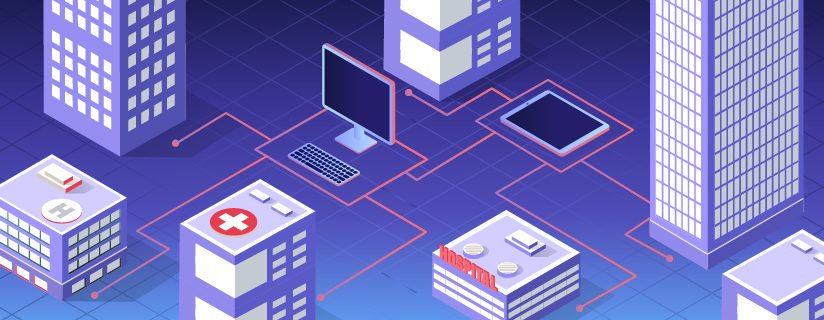Article
Three takes on transforming hospital admin with tech
From patient registration to IT, every staff member at a healthcare organization has a role to play in patients’ care, outcomes and experiences—even if they never directly interact. That’s why Altera Digital Health is leveraging artificial intelligence (AI) well beyond clinical applications.
I tapped three technical experts at Altera to share their insights on AI, non-clinical use cases they’re excited about and tips for healthcare organizations navigating their AI journeys. Here’s what they shared.
Trevor Mensch, Senior Systems Analyst, Managed Services
 As someone deeply involved in supporting EHR systems, I’m excited to see how new technologies will transform our ability to support our clients. Inefficiencies like triaging service tickets, pulling reports or formatting spreadsheets aren’t just time-consuming tasks. They also divert our teams’ attention from more meaningful, client-focused work. By embracing automation and AI, we will greatly reduce these burdens. Additionally, automation brings consistency, accuracy and timeliness to reporting and analytics, helping leadership teams feel more confident in the data they use to make decisions.
As someone deeply involved in supporting EHR systems, I’m excited to see how new technologies will transform our ability to support our clients. Inefficiencies like triaging service tickets, pulling reports or formatting spreadsheets aren’t just time-consuming tasks. They also divert our teams’ attention from more meaningful, client-focused work. By embracing automation and AI, we will greatly reduce these burdens. Additionally, automation brings consistency, accuracy and timeliness to reporting and analytics, helping leadership teams feel more confident in the data they use to make decisions.
Looking ahead, I see tremendous potential in the evolution of service desk automation. Smart ticket routing, trend recognition and chatbot-assisted triage are already starting to transform support workflows. Over the next five years, I expect these capabilities to become standard, helping administrative teams spend far less time on the mechanics of support and more time really listening to and addressing clients’ needs.
For clients adopting AI internally, my advice is to start small. Identify a clear pain point that’s repetitive, tedious or overly reliant on one person’s institutional knowledge. Tackle that with automation or AI and build momentum from there. The key is not trying to do everything at once but instead solving real problems, one step at a time.
Tammy Fowler, Direction of Solutions Management, Ventus
 Like clinicians, business office staff members have been grappling with rising rates of burnout as well as burdens stemming from inefficient processes. The good news is that technology is finally catching up to the needs of these teams. Automation and AI aren’t just buzzwords anymore. These tools can help reduce manual work, manage claim denials more efficiently and streamline processes so that staff can focus more on exceptions instead of getting bogged down by every single account.
Like clinicians, business office staff members have been grappling with rising rates of burnout as well as burdens stemming from inefficient processes. The good news is that technology is finally catching up to the needs of these teams. Automation and AI aren’t just buzzwords anymore. These tools can help reduce manual work, manage claim denials more efficiently and streamline processes so that staff can focus more on exceptions instead of getting bogged down by every single account.
You can’t always prevent denials as payers will always find new reasons to reject claims, but we can start predicting patterns and using intelligent systems to address issues upfront, before they delay payment or affect patient satisfaction.
I believe AI and automation are here to make our jobs easier, not obsolete. They can help us do more with less by eliminating redundant steps and reducing errors—something that’s becoming more important as regulations tighten and margins shrink.
In the business office, it’s really all about streamlining claims submission and reimbursement so the hospital has the money to keep running—and to invest back into the frontend clinical side. By embracing innovation, we can not only protect financial stability but also support the entire healthcare ecosystem, from the back office to the bedside.
Tom Mehalek, Solutions Architect, Managed Services
 Identifying and resolving system issues before they impact end-users once seemed like a pipedream. But with help from automation, we can take a more proactive approach to how we monitor systems. For example, if an interface fails and delays lab results from being delivered to the emergency department, it could take 30 minutes before someone even realizes there’s a problem. With the right monitoring tools in place, we can catch those issues quickly and resolve them before anyone notices. That kind of early detection is a game changer for administrative efficiency and minimizing disruptions across departments.
Identifying and resolving system issues before they impact end-users once seemed like a pipedream. But with help from automation, we can take a more proactive approach to how we monitor systems. For example, if an interface fails and delays lab results from being delivered to the emergency department, it could take 30 minutes before someone even realizes there’s a problem. With the right monitoring tools in place, we can catch those issues quickly and resolve them before anyone notices. That kind of early detection is a game changer for administrative efficiency and minimizing disruptions across departments.
While innovation is accelerating at a rapid pace, I strongly feel that healthcare organizations implementing new tools should align on their purpose and long-term vision for the use of those tools. Too often, organizations purchase solutions without fully understanding what they’ve bought or how it integrates into their broader workflows. I recommend involving all stakeholders (IT, vendors and frontline staff) at the outset to make sure everyone shares a clear understanding of their goals and feels empowered, not overwhelmed. It’s like designing a house. It’s much easier to build it right from the start than to retrofit it later.
Additionally, with so many teams and vendors operating across different countries and healthcare systems, it’s important to bridge not only technical gaps but also contextual ones to account for regional differences in how care is delivered and managed. If we can combine strong technical implementation with better alignment and education, we can deliver systems that are secure, efficient and genuinely support the people who keep hospitals running every day.
Altera’s take on AI
Interested in learning more about Altera’s approach to AI? Explore how we’re enabling clinicians, empowering patients and transforming healthcare organizations with AI here.


